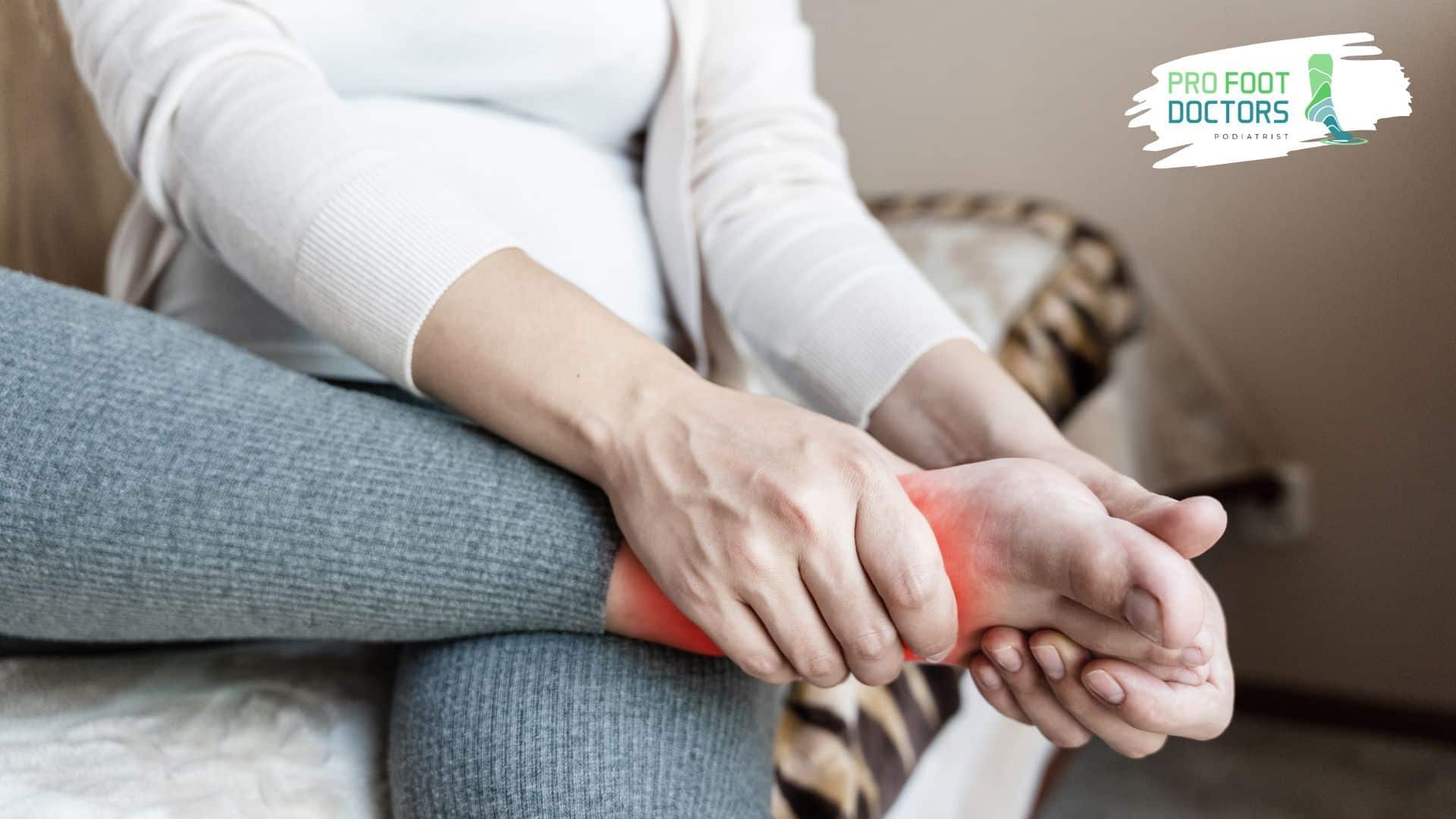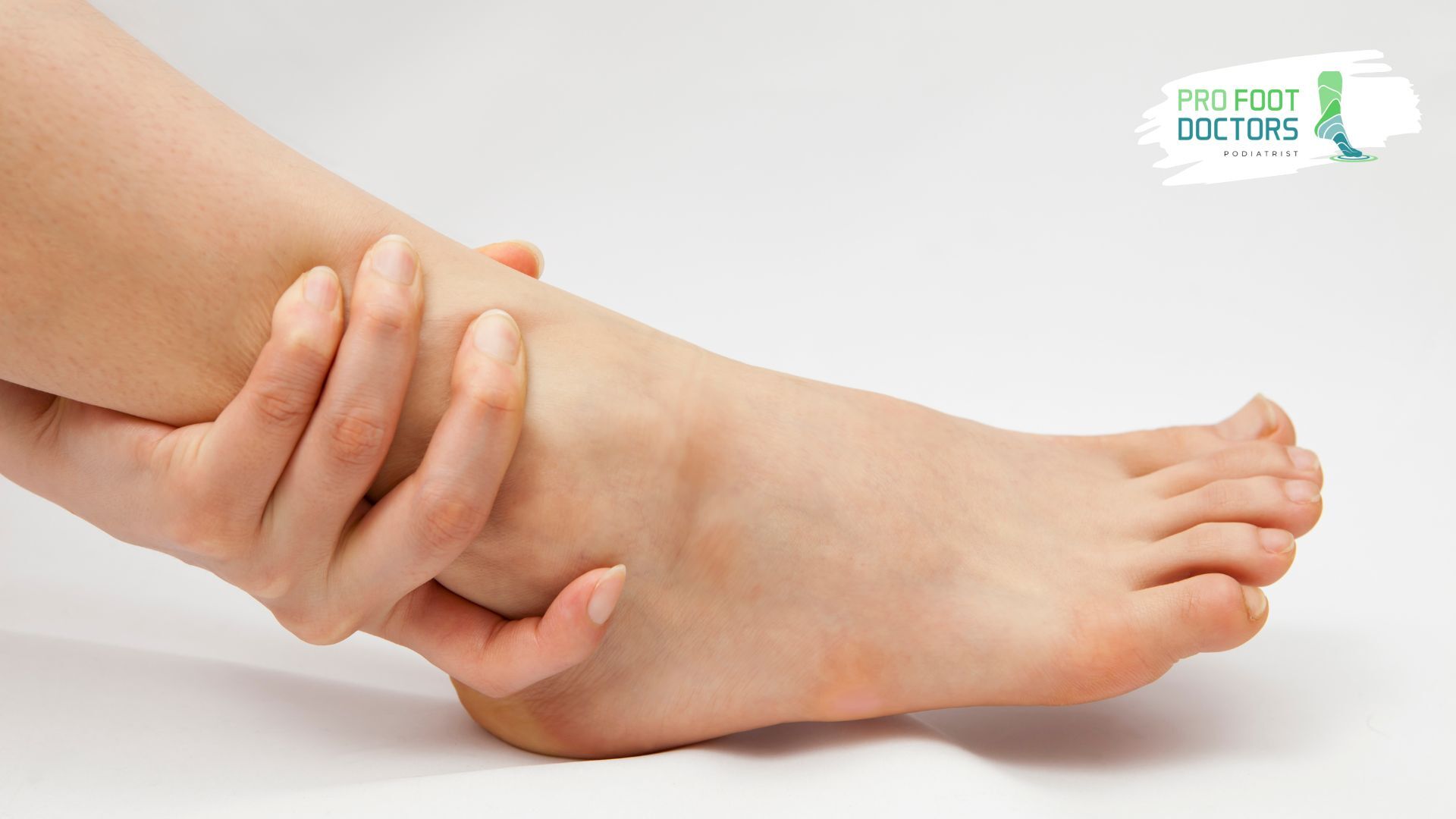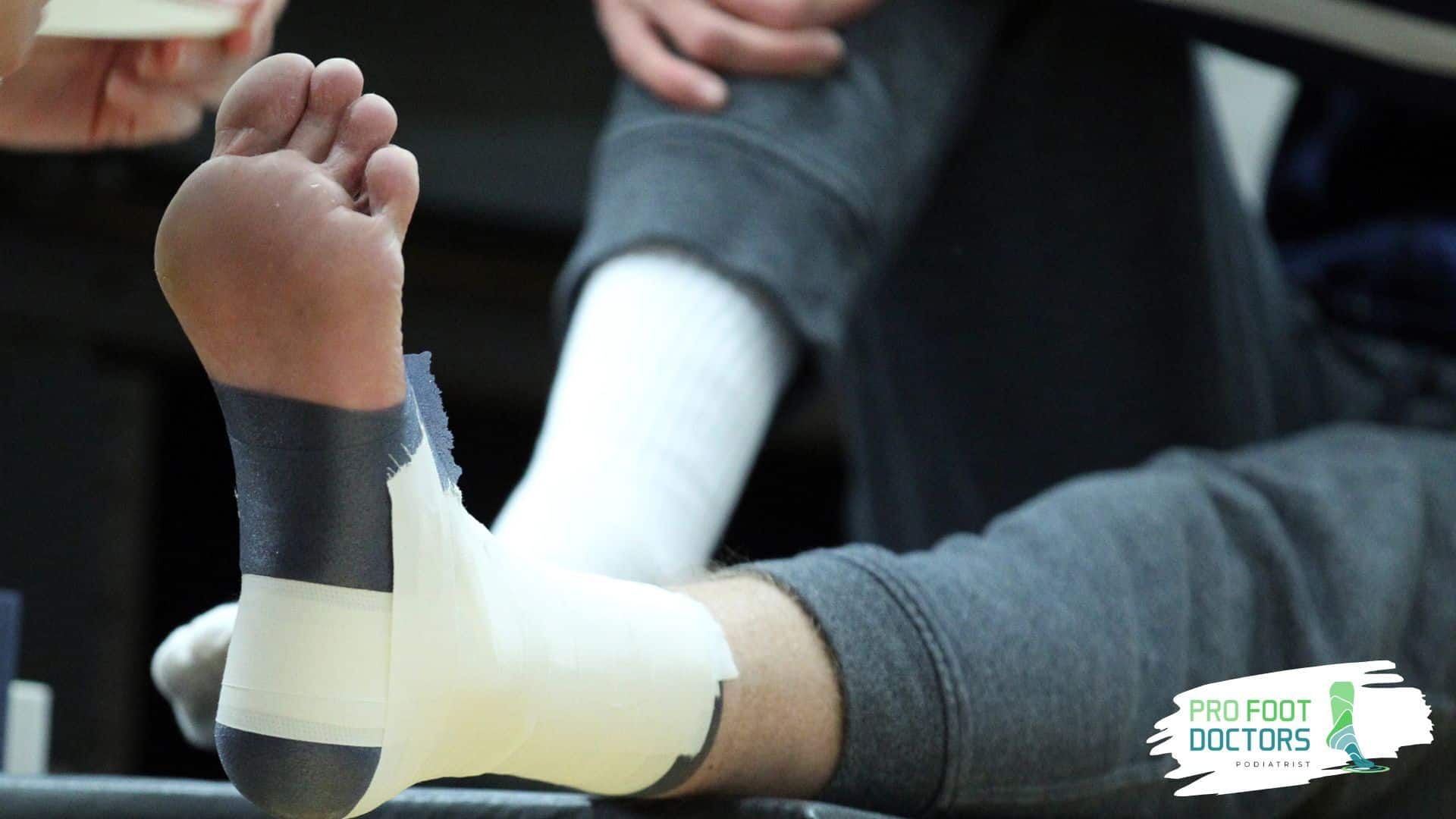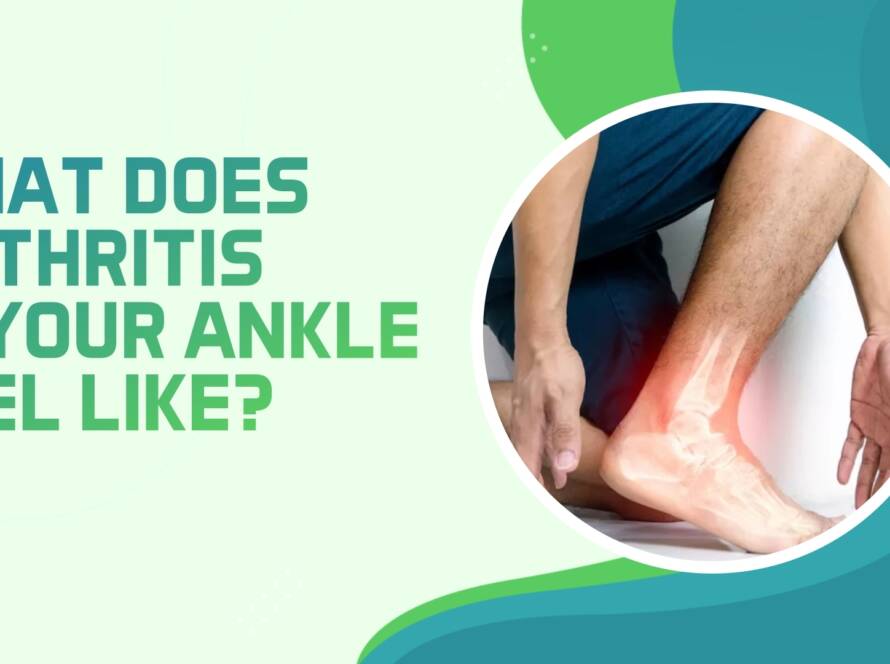A compression bandage is a stretchy wrap that is tied around a bodily part to apply pressure on it. It is often used in first aid as part of the RICE therapy, which reduces pain and swelling by limiting blood flow.
These bandages are commonly used to treat sprains caused by sports. The bandages can be used to treat or prevent the accumulation of fluid in the lower legs.
Benefits of Using Compression Wraps for Ankle Injuries
Compression wraps are one of the better methods to manage ankle sports injuries, such as sprains and strains. They help in reducing swelling and providing stability to recover quickly. Here are the major benefits of using a compression wrap for ankle sports injuries:
1. Reduces Swelling and Inflammation
Compression wraps apply steady pressure around the ankle injury. They restrain the possible excess fluid collection since compression creates a limit on blood flow. Hence, it reduces the swelling and helps manage the inflammation, which is very important within the first 24-48 hours of the accident.

2. Provides Support and Stability
Compression wraps provide support to those ligaments and tendons of the ankle which is injured. By keeping the joint stable, they avoid unnecessary movement which may further complicate the injury. Pain is also reduced because of this added stability. Walking around or performing day-to-day activities is much easier during the healing process.
3. Promotes Faster Recovery
Compression wraps improve the blood supply to the injured part, and with it, it provides oxygen plus nutrients necessary for healing. Improved circulation also rids used-up tissue faster and quickens the recovery process. Coupled with rest, ice, and elevation, a compression wrap can cut the healing process by large margins.
4. Prevents Further Injury
An unstable ankle is likely to incur another injury, more so if it is not properly supported. Compression wraps gently hold everything together so that no unnecessary sudden movements or twists are made to irritate the already ailing ankle. It is, therefore, ideal for use during light physical activities or during the gradual return to sports.

5. Allows Mobility While Healing
Compression wraps provide the proper environment for muscle strength because, unlike rigid braces, they give a balance between stability and mobility. The injured person may, therefore, move around more comfortably, which may be beneficial in maintaining muscle strength during recovery.
Compression wraps are basic but highly effective ways of dealing with ankle injuries and ensuring that the recovery process goes on more smoothly.
Also Read: 8 Exercises Helpful For Sprained Ankle
Choosing the Right Size of Compression Wraps
Compression bandages can be anywhere from 2 to 6 inches wide. They are usually seen in first-aid kits. As a general rule, the larger the bandage, the less probable it is to block circulation. It is important to choose the appropriate size for your ankle sports injury.
If the bandage wrap is too tight, you may experience numbness, swelling, and tingling at or below the ankle. The skin color may change to blue or purple-red. To restore circulation, you will need to loosen the wrap.
Always select the appropriate sized bandage for the foot portion. A bandage that is too small can cut off circulation, whereas a bandage that is too wide may give insufficient compression.
For example:
- A 2-inch bandage can be adequate for children’s arms and legs.
- A 3-4-inch bandage can be appropriate for an adult leg.
- A 6-inch compression bandage can wrap over the chest, torso, or thighs.
Steps To Use a Compression Wrap for Ankle Sports Injuries
When applying a compression bandage, use the appropriate amount of pressure to avoid swelling and help stabilize the area of injury. This can be challenging since the blood arteries that supply them vary in size and shape. Wrapping a part of the leg is one thing, but wrapping a complicated joint, such as an ankle, is another.
To apply a compression bandage to the ankle:
- If the bandage is not already rolled, roll it up.
- Stretch the bandage so that the beginning of the roll is facing upward.
- Keep the ankle at about a 90-degree angle.
- Wrap the bandage numerous times around the ball of the foot before moving on to the heel.
- Leave the heel and toes exposed and wrap the compression bandage around the ankle. This will help you move your toes.
- After that, circle the wrap in a figure-8 pattern around your foot’s arch.
- Keep wrapping in a figure-8 pattern, starting with the heel and working your way up to the calf.
- Despite keeping pressure off the wounded ankle, regular movement can allow the bandage to loosen during the day. Remove and rewrap the bandage as needed throughout the day, maintaining firm, mild pressure on the joint.

Dos and Don'ts of Wrapping a Compression Wrap
| Dos | Don'ts |
|---|---|
| Apply a compression bandage only for the first 24-48 hours following an injury. | Do not use cold therapy and compression at the same time. This can result in frostbite. |
| Whenever possible, integrate elevation and rest with compression. | Do not wrap the bandages too tightly. This can disrupt circulation. |
| At least twice a day, remove the bandage for a few minutes before reapplying. | Do not use a compression bandage for fear of re-injury. While bandages can stabilize joints, they do not provide support or protection. |
| Consult your healthcare physician about sleeping with a compression bandage on. | Never apply limp bandages. |
Compression bandages effectively reduce edema. However, there is a limit to how long you can compress an injury. To promote healing, blood flow must eventually rise. Here are some dos and don’ts of wrapping a compression wrap.
the wound. Monitoring is necessary to ensure that infection is responding to antibiotic therapy, but if healing is not happening as expected further diagnostic tests may be necessary.
Conclusion
If you have a mild sprain, compression wrapping might assist reduce swelling. But you need to remember that elastic bandages are designed to compress and give minimal support. You must keep a constant eye on your wrapped injury to ensure that the compression wrap is not preventing circulation to your foot.
If you’re not sure how to wrap your ankle injury, consult with a doctor at ProFootDoctors for professional help.


